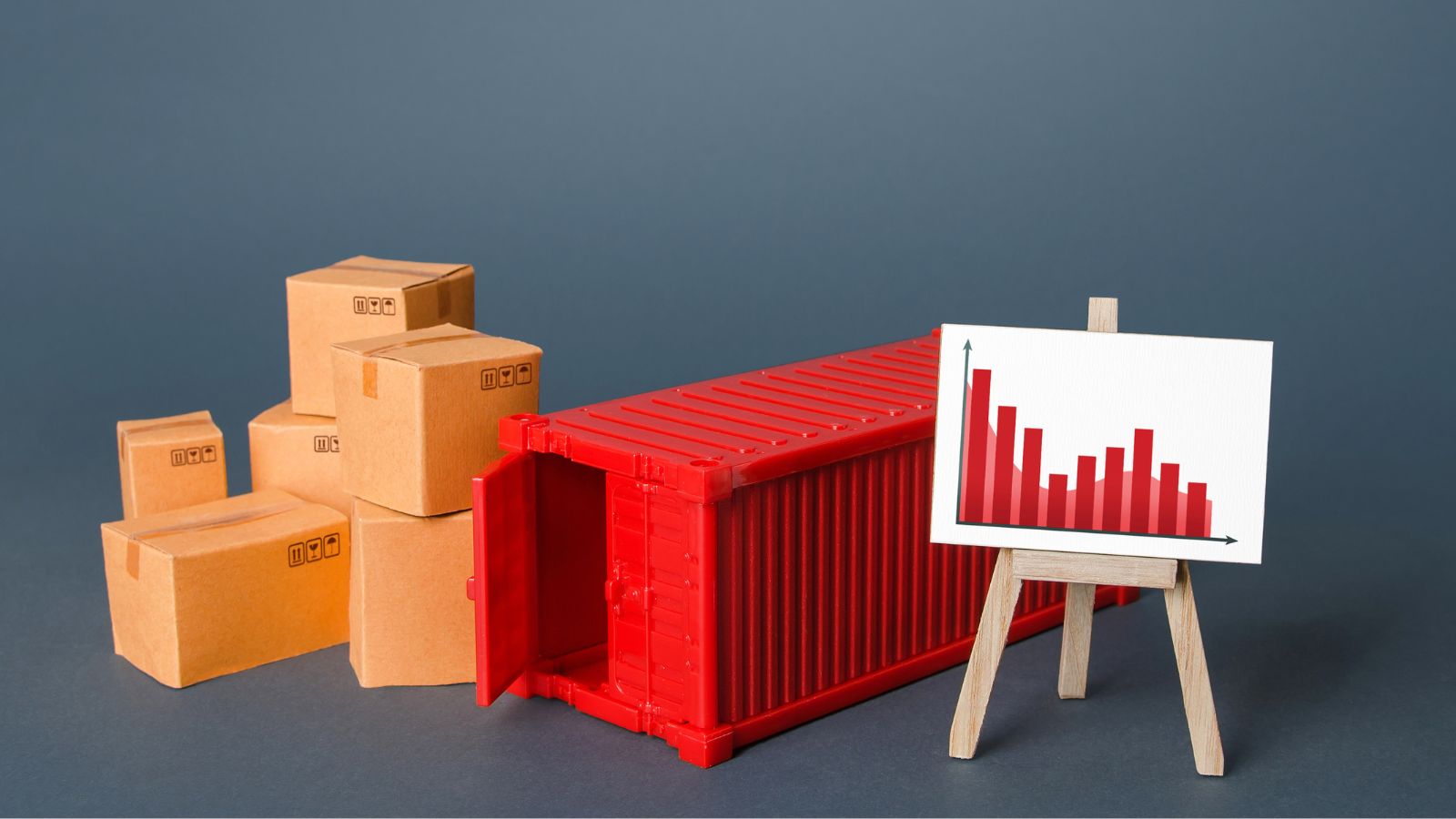The U.S. and Canada have always shared more than just a border. We’ve built businesses together, traded goods, and created jobs that support families on both sides. But when tariffs come into play, the economic friendship starts to fracture, leaving thousands of Canadians wondering what’s next for their jobs and businesses.
Tariffs are essentially taxes on imported goods, and while they might seem like political maneuvers, their impact is deeply personal. They don’t just affect big corporations; they hit small businesses, workers, and entire communities.
Here’s a look at 30 alarming ways American tariffs are disrupting Canadian jobs—and why this matters to every Canadian.
Reduced Export Competitiveness

American tariffs on Canadian products make them more expensive in the U.S. market. As a result, American businesses and consumers may shift towards domestic or alternative international suppliers. This decline in demand directly affects Canadian manufacturers and exporters, leading to job losses.
Supply Chain Disruptions

Many industries, such as the automotive sector, rely on a complex cross-border supply chain. When tariffs are imposed, the cost of production increases as parts and materials move back and forth multiple times. The resulting inefficiencies force companies to cut costs, often leading to layoffs.
Increased Production Costs

Tariffs on raw materials like steel and aluminum drive up costs for Canadian manufacturers. Companies that cannot absorb these increased costs may pass them onto consumers or reduce operational expenses by downsizing their workforce.
Job Losses in the Automotive Sector

The North American auto industry is one of the most integrated sectors, with car parts crossing the border multiple times before final assembly. With tariffs raising production costs, automakers are forced to scale back operations, leading to layoffs in Canadian auto plants.
Job Cuts in the Energy Industry

Canada is a major supplier of crude oil and natural gas to the U.S. Tariffs or restrictions on these exports can reduce demand, forcing Canadian energy companies to lay off workers due to declining revenues.
Decline in Business Investment

Uncertainty surrounding tariffs discourages companies from making long-term investments. Businesses hesitant to expand may halt hiring, affecting job growth and economic stability.
Reduced Export Volumes

Canada’s economy heavily depends on exports, and tariffs reduce demand for Canadian goods in the U.S. market. This reduction in export volume translates to lower revenues and job losses across multiple industries.
Pressure on Small and Medium Enterprises (SMEs)

Small businesses often lack the financial resilience to absorb higher costs imposed by tariffs. Many SMEs that rely on U.S. markets may be forced to downsize or shut down entirely, eliminating jobs in the process.
Shift Towards Automation

Facing higher operational costs due to tariffs, many companies turn to automation to reduce labor costs. This shift means fewer jobs for Canadian workers, particularly in manufacturing and production roles.
Decline in Logistics and Transportation Jobs

With fewer goods moving between Canada and the U.S., industries that depend on transportation and logistics—such as trucking and warehousing—see reduced demand, leading to job cuts.
Job Losses in Agriculture

Many Canadian agricultural products, such as dairy, pork, and wheat, face tariffs when entering the U.S. Reduced export opportunities result in financial losses for farmers, forcing many to cut jobs or reduce production.
Impact on Fisheries

Tariffs on seafood products decrease demand for Canadian exports in the U.S. market. As a result, fisheries and seafood processors are forced to cut staff and reduce operations.
Decline in the Forestry Industry

U.S. tariffs have already hit Canada’s softwood lumber sector, making Canadian wood less competitive in the American market. The result has been mill closures and significant job losses in forestry-dependent communities.
Mining Industry Job Cuts

Canada is a major exporter of metals and minerals. Tariffs on these commodities reduce demand, forcing mining companies to slow down production and lay off workers.
Retaliatory Tariff Effects

The Canadian government has implemented retaliatory tariffs on American goods in response to U.S. tariffs. While necessary for counteraction, these measures also create economic uncertainty, making businesses hesitant to hire new workers.
Higher Prices for Canadian Consumers

As businesses absorb higher costs from tariffs, they pass these expenses onto consumers. When households have less disposable income due to increased prices, businesses—particularly retail—suffer, leading to job reductions.
Delayed Expansion Plans

Companies planning to expand operations or open new facilities may put those plans on hold due to tariff uncertainty. This stifles job creation and economic growth.
Service Industry Job Losses

Industries such as hospitality, retail, and entertainment rely on a strong industrial base. As manufacturing and trade sectors suffer job losses, consumer spending declines, impacting service industry employment.
Slowed Construction Sector

With fewer businesses investing in infrastructure due to tariffs and economic uncertainty, construction projects decline. This leads to fewer jobs in construction and related industries.
Decline in Foreign Direct Investment (FDI)

Investors look for stable economic environments. Tariff disputes make Canada a less attractive investment destination, limiting the potential for new businesses and job creation.
Overall Economic Slowdown

As key industries suffer from tariff impacts, Canada’s GDP growth slows. Economic contraction leads to widespread job losses across multiple sectors.
Regional Job Losses

Certain provinces, such as Ontario and Alberta, are more dependent on exports to the U.S. These regions experience the highest job losses due to American tariffs.
Declining Competitive Advantage

Canada has historically been an attractive trade partner due to its stable economy and access to the U.S. market. Tariffs erode this advantage, pushing businesses to seek alternative markets or relocate operations.
Breakdowns in Supply Chain Relationships

Many Canadian businesses have long-standing relationships with American suppliers and customers. Tariffs disrupt these partnerships, forcing companies to rethink their supply chains and potentially reduce their workforce.
Higher Operating Costs for Retailers

Canadian retailers that import American goods face higher costs due to retaliatory tariffs. To maintain profit margins, they may lay off employees or reduce store operations.
Reduced Innovation and R&D Spending

With economic uncertainty and lower profits due to tariffs, many businesses scale back investment in research and development. This stifles innovation and slows the creation of high-tech jobs.
Public Sector Budget Constraints

Tariff-related economic slowdowns lead to lower government revenues from taxes. This, in turn, forces spending cuts in public services, potentially resulting in job losses for government employees.
Shifts in Workforce Employment Patterns

Workers displaced from manufacturing and trade-related sectors may be forced into lower-paying or less secure jobs, affecting overall job stability in Canada.
Decline in Worker Morale and Productivity

Uncertainty surrounding tariffs and potential job losses can create anxiety among workers, leading to lower productivity and decreased workplace efficiency.
Risk of Recession

If tariffs continue to weaken key industries, Canada faces an increased risk of recession. Economic downturns lead to widespread job losses, decreased consumer confidence, and long-term damage to employment rates.
Conclusion

Tariffs don’t just exist on paper—they impact real people. Whether it’s a factory worker in Windsor, a farmer in Saskatchewan, or a retailer in Vancouver, American tariffs are putting Canadian jobs at risk. The path forward involves smart trade policies, diversification, and innovation. Canada must strengthen domestic industries, find new markets, and support workers during this transition.
For now, the reality remains: as long as tariffs stay in place, Canadian workers and businesses will continue to feel the pressure.
25 Countries Predicted to Become Economic Superpowers in the Next 20 Years

The strength of an economy plays a crucial role in various international policies about trade and relations. Certain factors determine the strength of an economy, including population growth, availability of resources, and development and advancement. Here are 25 countries predicted to become economic superpowers in the next 20 years
25 Countries Predicted to Become Economic Superpowers in the Next 20 Years
